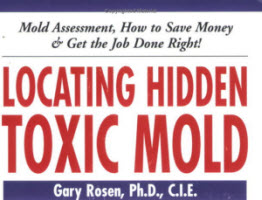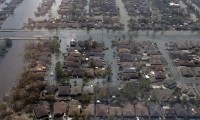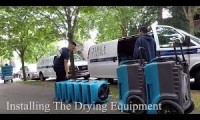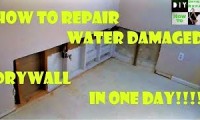What Mold Needs to Grow
Moisture control is the key to mold control.

Condensation
Click image for larger version
Think water….mold will grow on anything as long as the humidity is up or the surface stays moist. So in any potential mold removal situation due to water damage and flooding it is important to act fast, get water damaged building materials and content out of there and start the drying process immediately because mold is not your friend and it shows up to the part fast! Only deal with professional water remediation experts such as Forever Restorations and ask them how they are going to control the water damaged materials and contents.
Mold does not need a lot of water to grow. A little condensation, in a bathroom or around a window sill, for example, can be enough. Common sites for indoor mold growth include bathroom tile and grout, basement walls, and areas around windows, near leaky water fountains, and around sinks. Common sources of water or moisture include roof leaks, condensation due to high humidity or cold spots in a building, slow leaks in plumbing fixtures, humidification systems, sprinkler systems, and floods.*
Besides moisture, mold needs nutrients, or food, to grow. Mold can grow on virtually any organic substance. Most buildings are full of organic materials that mold can use as food, including paper, cloth, wood, plant material, and even soil. In most cases, temperature is not an issue; some molds grow in warm areas, while others prefer cool locations such as bread stored in a refrigerator. Often, more than one type of mold can be found growing in the same area, although conditions such as moisture, light, and temperature may favor one species of mold over another.
Buildings that have been heavily damaged by flood waters should be assessed for structural integrity and remediated by experienced professionals. Please note that the guidelines covered in this course were developed for damage caused by clean water (not flood water, sewage, or other contaminated water). See the EPA Resource List, which includes the EPA Fact Sheet: Flood Cleanup – Avoiding Indoor Air Quality Problems (PDF) (2 pp., 36 K, about PDF), for more information.
Next up is “Health Effects That May Be Caused by Inhaling Mold or Mold Spores”









Leave A Reply